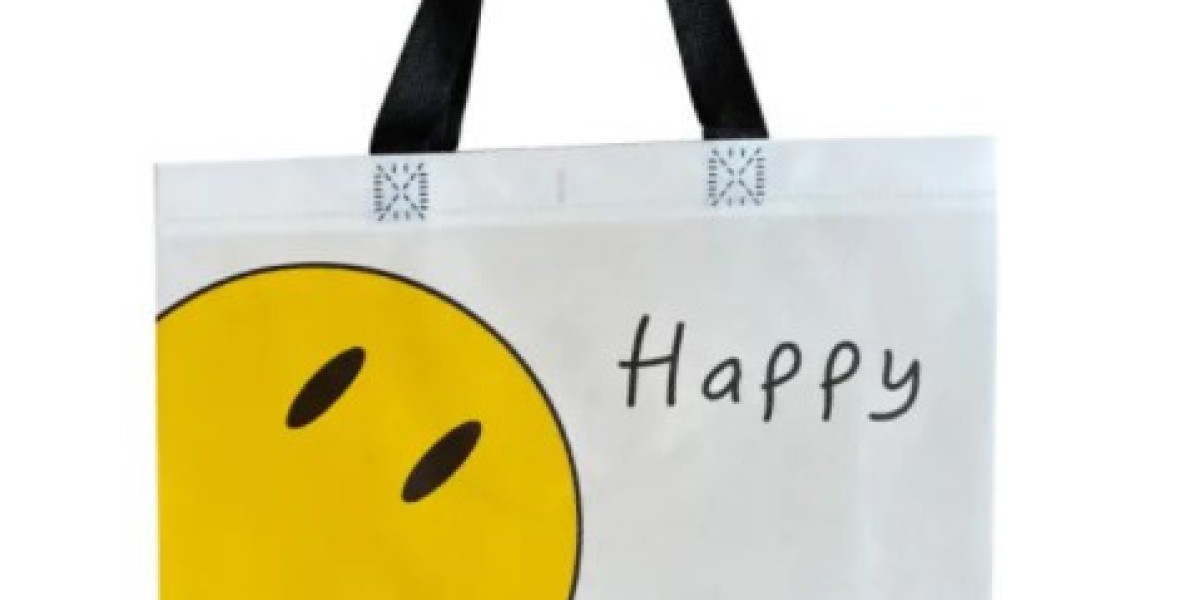Non-woven shopping bags have become a popular alternative to traditional plastic bags due to their eco-friendliness and reusability. As businesses and consumers increasingly adopt these bags, a common question arises: Are non-woven shopping bags susceptible to damage during transportation? Understanding their durability in the shipping process is essential for suppliers, retailers, and end-users to ensure product quality upon delivery.
Material Strength and Manufacturing Quality
Non-woven bags are typically made from polypropylene fibers bonded through heat or chemical processes, which create a lightweight yet strong fabric. The durability of these bags largely depends on the quality of materials and the manufacturing techniques employed. High-quality non-woven fabrics have good tear resistance and tensile strength, making them less prone to ripping or tearing under normal handling conditions during transport.
However, lower-grade non-woven bags, especially those produced with thinner material or inferior bonding methods, are more vulnerable to damage. Suppliers that focus on quality control and consistent production standards tend to provide bags that better withstand the rigors of shipping and handling.
Packaging and Bulk Handling Considerations
How non-woven shopping bags are packaged for shipment also plays a significant role in their protection. Bags that are loosely packed or shipped without adequate cushioning are more likely to sustain creases, punctures, or abrasions. In contrast, bulk packaging in sealed polybags, cardboard boxes, or shrink-wrap with padding can help protect the bags from external forces and moisture during transit.
Moreover, stacking heavy items on top of bags or exposure to sharp edges can lead to punctures or deformation. Proper stacking, handling, and packaging protocols reduce these risks significantly.
Environmental Factors During Transit
Transportation environments—such as exposure to moisture, extreme temperatures, or rough handling—can affect the integrity of non-woven shopping bags. Although polypropylene is resistant to water, prolonged exposure to damp conditions during shipping could encourage mold or mildew growth if bags are not stored properly. Additionally, temperature fluctuations generally have minimal impact on these synthetic materials but may affect adhesive strength or printed logos on the bags.
Supplier Role in Ensuring Durability
Reputable non-woven shopping bag suppliers implement quality assurance processes that include stress tests and durability assessments to evaluate how their products perform under simulated shipping conditions. Some suppliers offer reinforced stitching or laminated layers to enhance bag strength, making them more resistant to damage in transit.
User Experience and Final Condition
Ultimately, the likelihood of damage depends on a combination of product quality, packaging, and handling practices. Well-made non-woven bags packed with care rarely arrive damaged. Conversely, poor-quality products or inadequate packaging can lead to disappointing customer experiences due to torn or misshapen bags upon arrival.
Conclusion
While non-woven shopping bags are generally designed to be durable and withstand typical shipping challenges, the risk of damage during transport can be mitigated by selecting high-quality materials, ensuring proper packaging, and following careful handling procedures. Buyers and suppliers should work together to prioritize these factors, ensuring that non-woven shopping bags arrive in excellent condition, ready for use.
Colour: Various colours
Pattern: Customizable
Width: 5cm~60cm
Length: Customizable
Thickness: 0.08mm-1.2mm (customisable)
Material: Non-woven
Process: Die-cutting
Application: Clothing, food, daily necessities, cosmetics, cultural products, etc.



